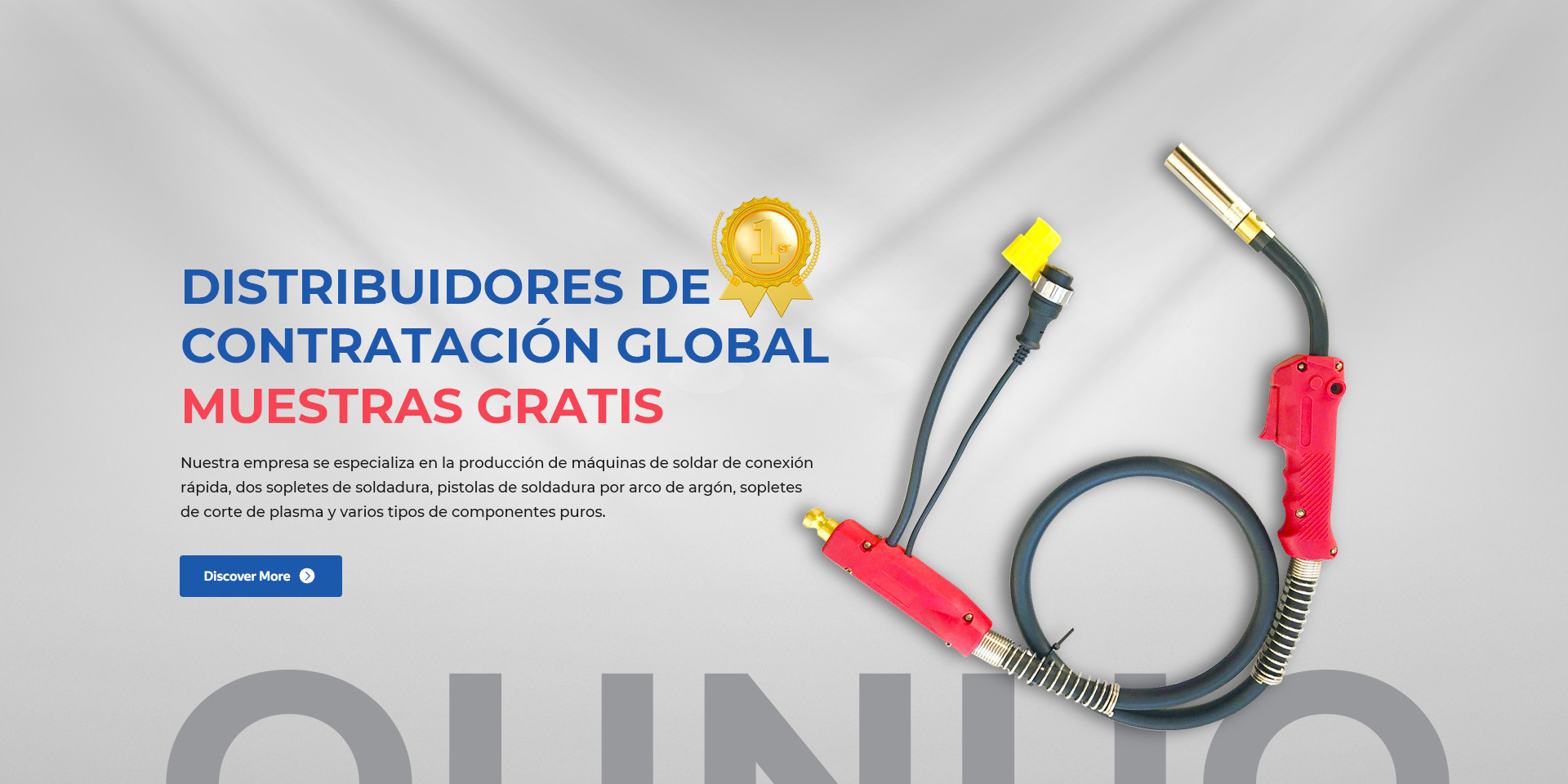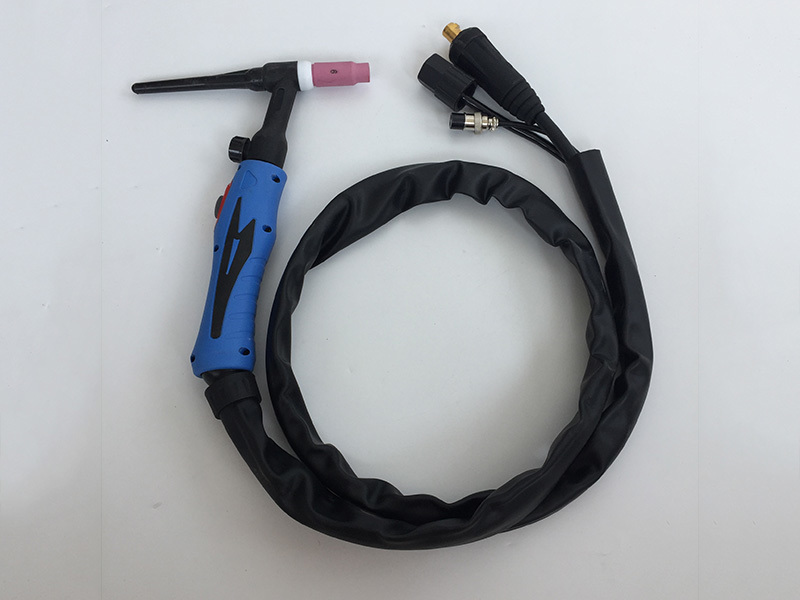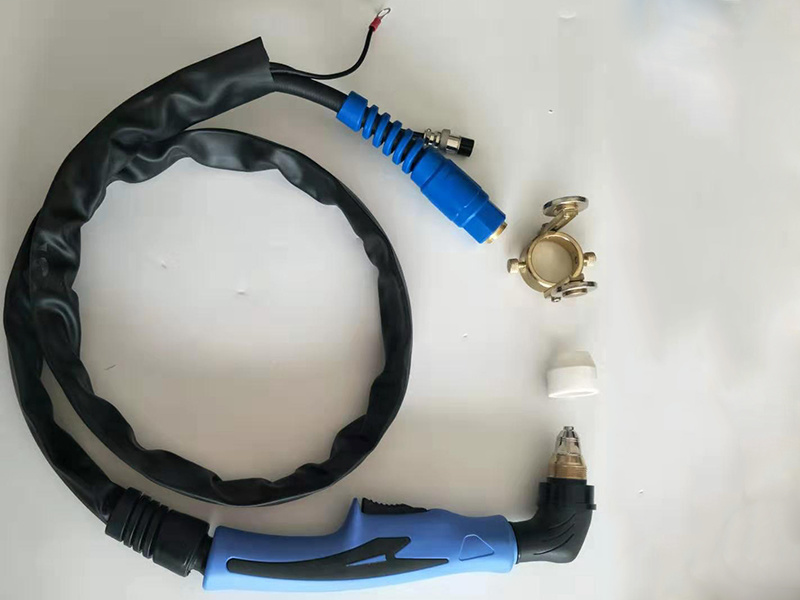language
Understanding Torch Welding: A Comprehensive Guide for Industry Professionals
Apr 22,2025
Torch welding, also known as oxy-fuel welding, is a process that utilizes a flame produced by the combustion of oxygen and a fuel gas—commonly acetylene—to melt and join metals. This method has been around for over a century and remains a reliable technique for various applications, particularly in industries requiring a high level of precision.
One of the primary advantages of torch welding is it
Torch welding, also known as oxy-fuel welding, is a process that utilizes a flame produced by the combustion of oxygen and a fuel gas—commonly acetylene—to melt and join metals. This method has been around for over a century and remains a reliable technique for various applications, particularly in industries requiring a high level of precision.
One of the primary advantages of torch welding is its versatility. It can be used to weld ferrous and non-ferrous metals, making it suitable for tasks ranging from repair work to intricate fabrication. The process allows for adjustable heat control, which enables welders to work on thin sheets of metal without causing distortion or burn-through, a common challenge in welding thinner materials.
To perform torch welding effectively, operators need to understand the importance of proper equipment setup, including the selection of the appropriate gas pressures and nozzle sizes. The torch itself consists of two primary components: a mixing chamber where the oxygen and fuel gas combine, and a nozzle where the mixture is ignited. A well-maintained torch ensures that the flame is stable and efficient.
The flame produced during torch welding can be adjusted to achieve different characteristics—oxidizing, neutral, or carburizing—based on the specific requirements of the job. A neutral flame, which has equal parts of oxygen and acetylene, is ideal for most welding applications, while an oxidizing flame can be advantageous for welding brass and other alloys.
Safety is paramount in torch welding. Proper personal protective equipment (PPE), including goggles, gloves, and protective clothing, is essential to safeguard against burns and eye injuries caused by the intense light and heat generated during the welding process. Additionally, maintaining a clean work environment and ensuring that the area is free from flammable materials can prevent accidents.
While torch welding is a tried-and-true method, advancements in technology have led to the development of newer techniques and equipment. However, understanding the fundamentals of torch welding is crucial for any welding professional, as it lays the groundwork for mastering more advanced welding methods.
In conclusion, torch welding is an indispensable technique in the industrial equipment and components sector, offering flexibility and control that is crucial in various applications. By mastering the principles of this welding method, professionals can enhance their skill set, ensuring high-quality workmanship and safety in their operations.
One of the primary advantages of torch welding is its versatility. It can be used to weld ferrous and non-ferrous metals, making it suitable for tasks ranging from repair work to intricate fabrication. The process allows for adjustable heat control, which enables welders to work on thin sheets of metal without causing distortion or burn-through, a common challenge in welding thinner materials.
To perform torch welding effectively, operators need to understand the importance of proper equipment setup, including the selection of the appropriate gas pressures and nozzle sizes. The torch itself consists of two primary components: a mixing chamber where the oxygen and fuel gas combine, and a nozzle where the mixture is ignited. A well-maintained torch ensures that the flame is stable and efficient.
The flame produced during torch welding can be adjusted to achieve different characteristics—oxidizing, neutral, or carburizing—based on the specific requirements of the job. A neutral flame, which has equal parts of oxygen and acetylene, is ideal for most welding applications, while an oxidizing flame can be advantageous for welding brass and other alloys.
Safety is paramount in torch welding. Proper personal protective equipment (PPE), including goggles, gloves, and protective clothing, is essential to safeguard against burns and eye injuries caused by the intense light and heat generated during the welding process. Additionally, maintaining a clean work environment and ensuring that the area is free from flammable materials can prevent accidents.
While torch welding is a tried-and-true method, advancements in technology have led to the development of newer techniques and equipment. However, understanding the fundamentals of torch welding is crucial for any welding professional, as it lays the groundwork for mastering more advanced welding methods.
In conclusion, torch welding is an indispensable technique in the industrial equipment and components sector, offering flexibility and control that is crucial in various applications. By mastering the principles of this welding method, professionals can enhance their skill set, ensuring high-quality workmanship and safety in their operations.
Add
Xing village, lvgongbao town, renqiu city, hebei province, china









